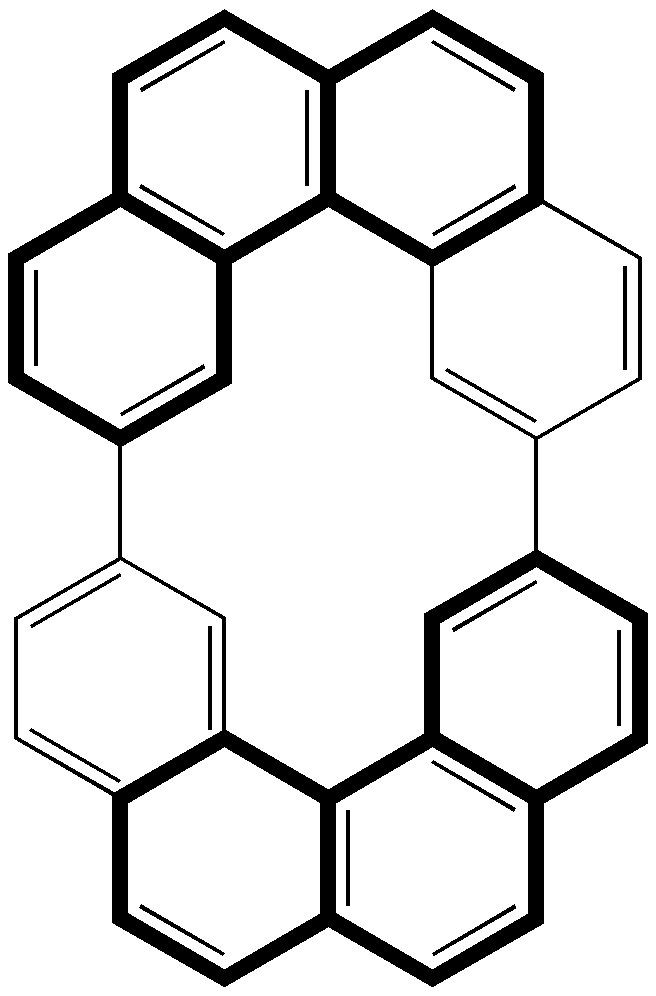
It is not often that an article on the topic of illusion and deception makes it into a chemical journal. Such is addressed (DOI: 10.1002/anie.201102210) in no less an eminent journal than Angew Chemie.

It is not often that an article on the topic of illusion and deception makes it into a chemical journal. Such is addressed (DOI: 10.1002/anie.201102210) in no less an eminent journal than Angew Chemie.
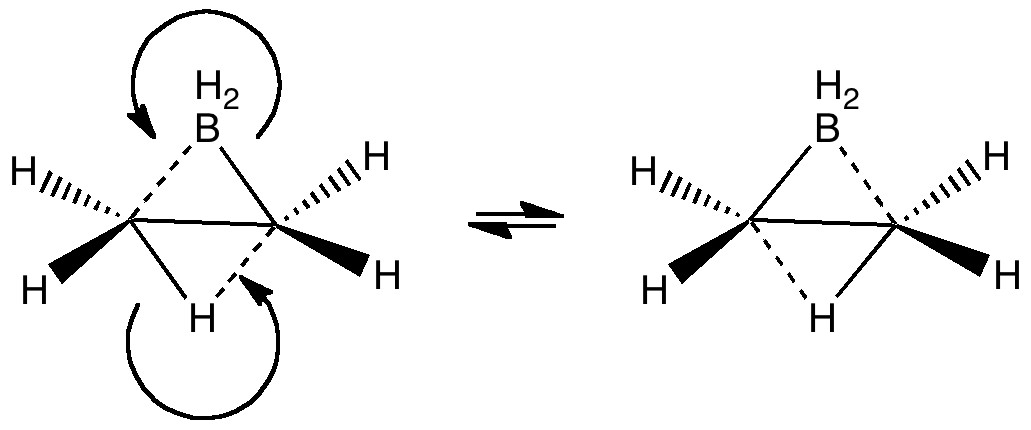
The last two posts have played a game of find the electrons. We saw how the dyotropic rearrangement of ethane borrowed electrons from the C-C bond, and how 1,2,dibromoethane went ionic on us. How about this mixed system, in which a hydrogen and a BH2 swap their positions?

In the previous post, I discussed what we could learn from ethane by forcing it into a pericyclic dyotropic rearrangement. We saw how it voraciously scavenged two electrons from the C-C bond to achieve this. What if we give it more electrons? Thus 1,2-dibromoethane undergoing the same reaction.

In a time when large (molecules) are considered beautiful (or the corollary that beauty must be big), it is good to reflect that small molecules may teach us something as well. Take ethane. Is there anything left which has not been said about it already?
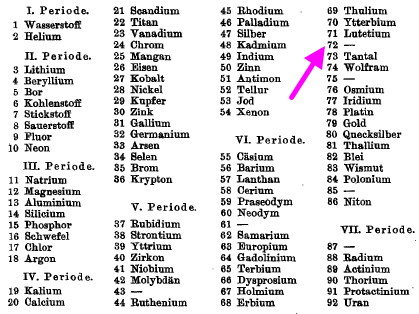
In 1923, Coster and von Hevesy claimed discovery of the element Hafnium, atomic number 72 (latin Hafnia, meaning Copenhagen, where the authors worked) on the basis of six lines in its X-ray spectrum. The debate had long raged as to whether (undiscovered) element 72 belonged to the rare-earth group 3 of the periodic table below yttrium, or whether […]
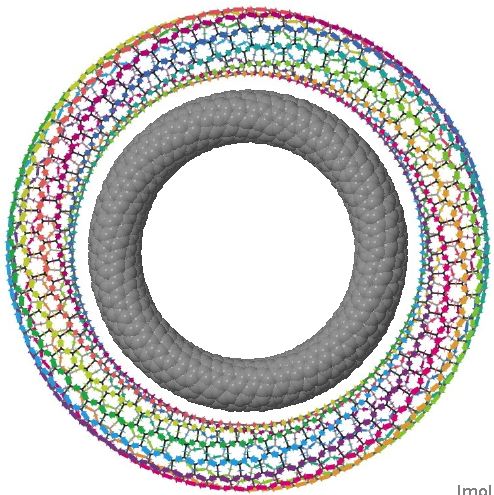
The interface between physics, chemistry (and materials science) can be a fascinating one. Here I show a carbon nanotorus, devised by physicists a few years ago. It is a theoretical species, and was predicted to have a colossal paramagnetic moment.

The title of this post paraphrases E. J. Corey’s article in 1997 (DOI: 10.1016/S0040-4039(96)02248-4) which probed the origins of conformation restriction in aldehydes. The proposal was of (then) unusual hydrogen bonding between the O=C-H…F-B groups.

The Pirkle reagent is a 9-anthranyl derivative (X=OH, Y=CF3). The previous post on the topic had highlighted DIST1, the separation of the two hydrogen atoms shown below.
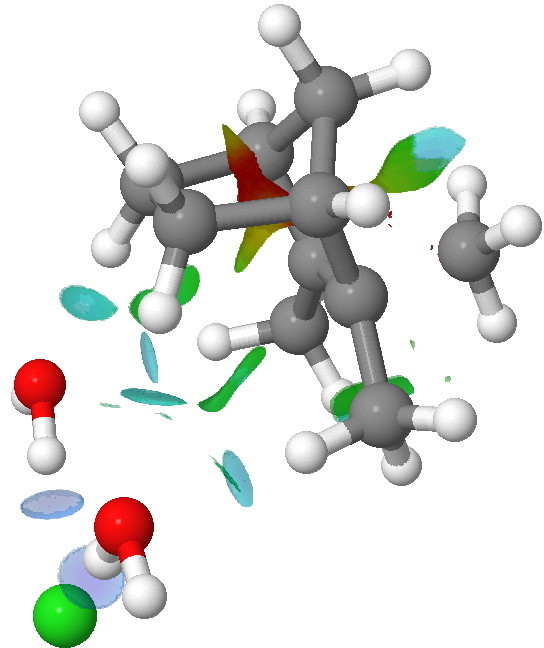
Observation of the slow racemization of isobornyl chloride in a polar solvent in 1923-24 by Meerwein led to the recognition that mechanistic interpretation is the key to understanding chemical reactivity.

Libraries (and librarians) are evolving rapidly.
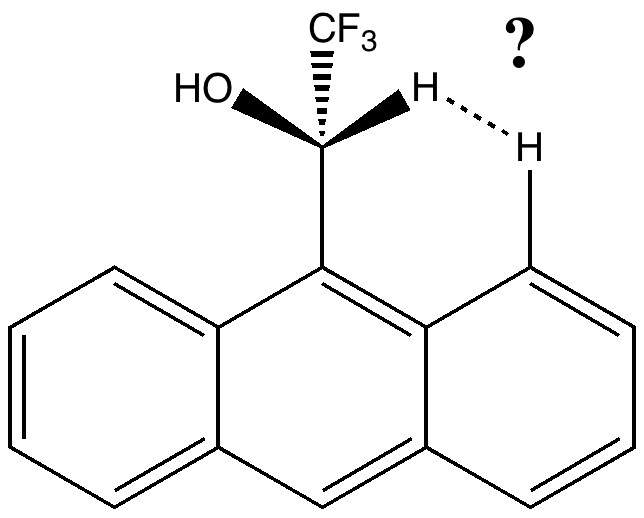
This molecule is not leaving me in peace. It and I first met in 1990 (DO: 10.1039/C39910000765), when we spotted the two unusual π-facial bonds formed when it forms a loose dimer.